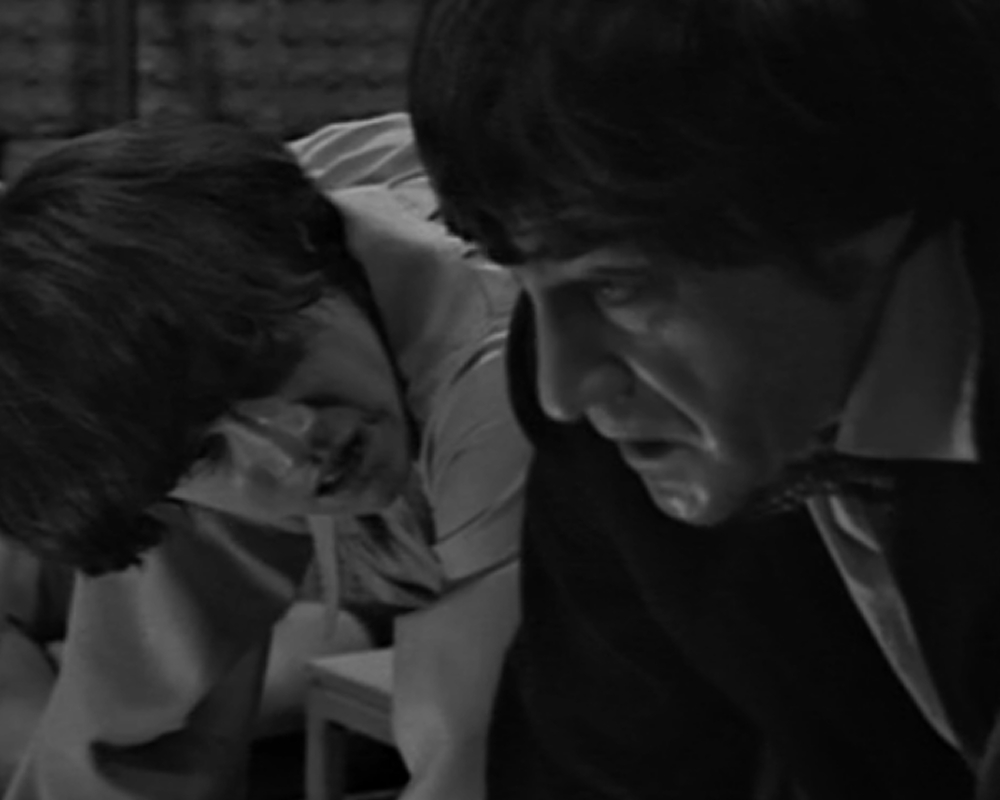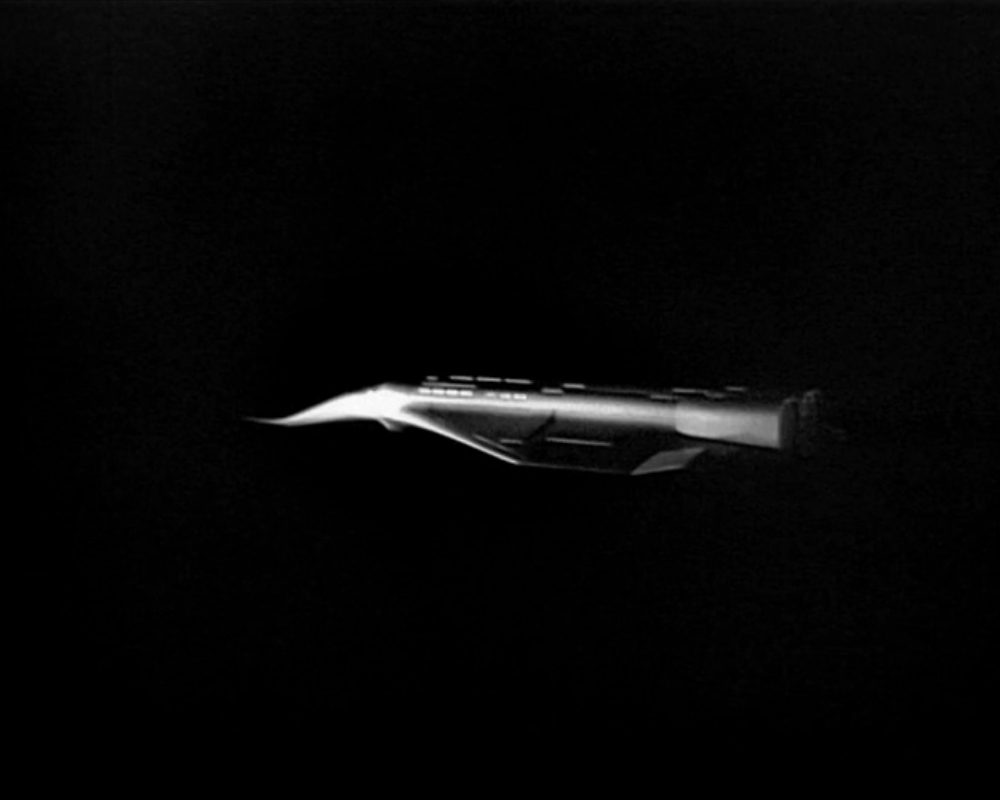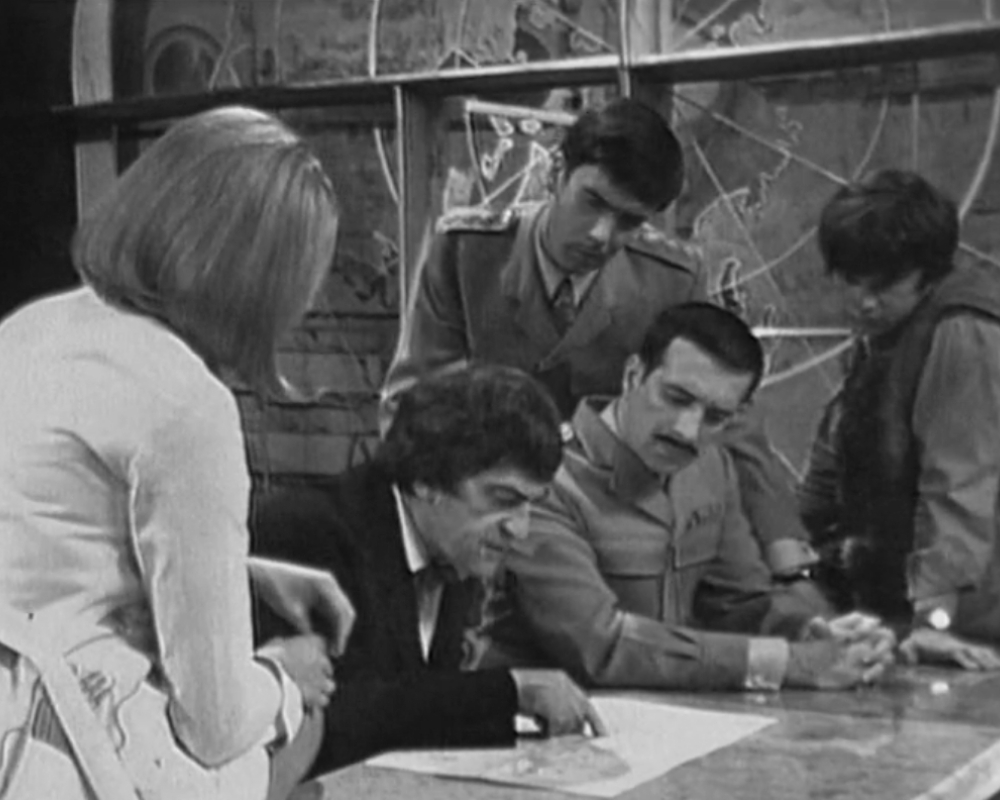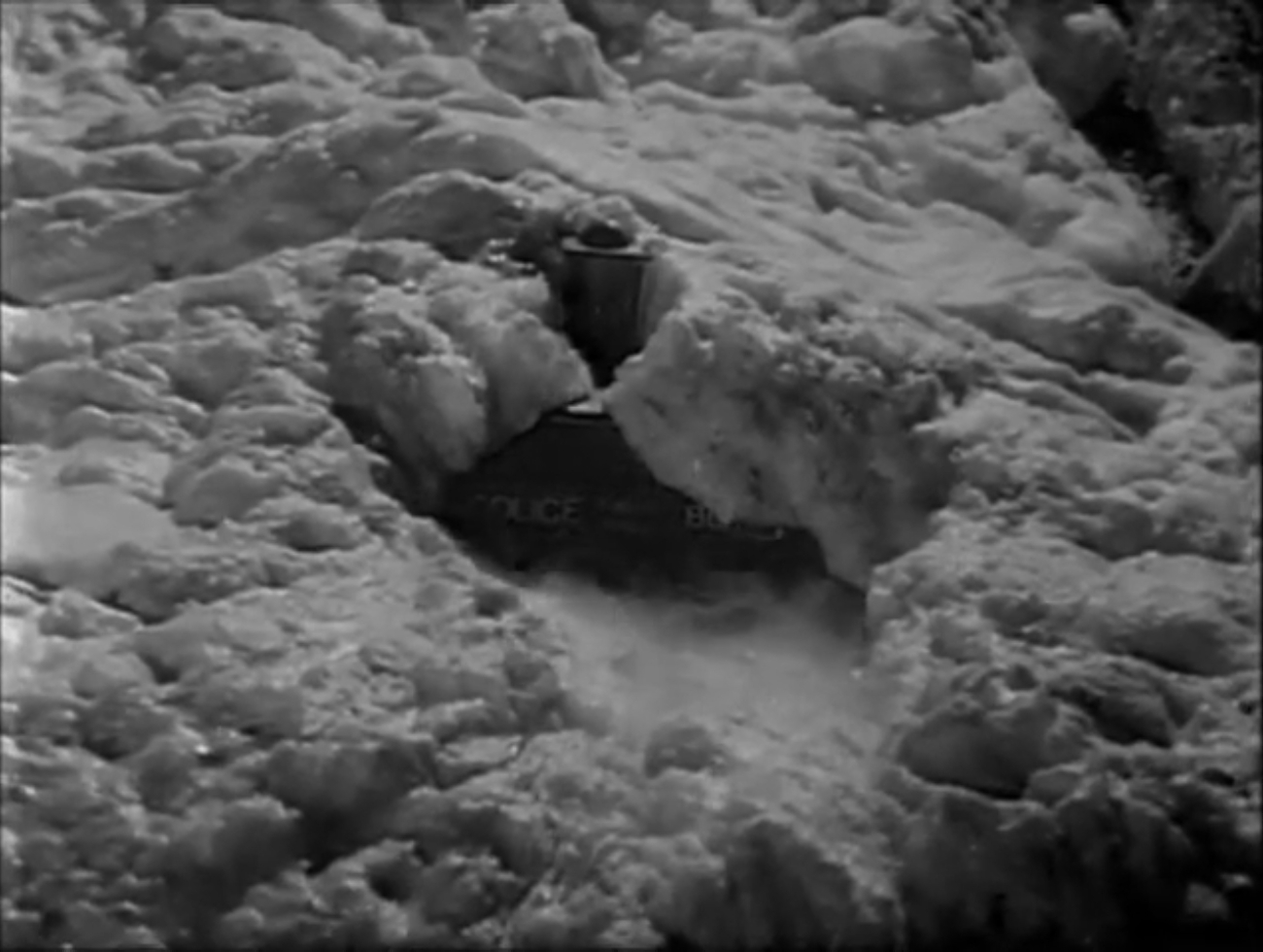
By Jessica Holmes
The last we left the Doctor and company, they were at the mercy of a gang of not-particularly-swashbuckling space pirates. The first half of this serial was a rather bland affair—let’s see if the second half improves things.


By Jessica Holmes
The last we left the Doctor and company, they were at the mercy of a gang of not-particularly-swashbuckling space pirates. The first half of this serial was a rather bland affair—let’s see if the second half improves things.


By Jessica Holmes
Possessing the constitution of a wet paper towel, I feel very unwell at the moment, so what better time to curl up on the sofa and watch Doctor Who? Robert Holmes is back in the writer’s seat, bringing us a tale of piracy on the highest seas of all—space! Drink up, me hearties, yo ho—it’s time to be castin’ a weather eye o’er “The Space Pirates”. Yarrr!

Continue reading [March 26, 1969] Avast, Ye Scurvy Dogs! (Doctor Who: The Space Pirates [Parts 1-3])

By Jessica Holmes
“The Seeds Of Death” draws to a close, and time is running out for planet Earth. Let’s check in with the Doctor and company to see how humanity’s fate unfolds, and whether the human race will learn anything from this whole ordeal…

Continue reading [March 4, 1969] Here Endeth The Lesson (Doctor Who: The Seeds Of Death [Parts 4-6])

By Jessica Holmes
It’s not every day that you come across a title equally applicable to a Doctor Who serial and a PSA about the dangers of cannabis, but look what we have here: "The Seeds Of Death". With Brian Hayles back in the writer’s chair and a return to the base-under-siege format, do we have a good story sprouting, or a dud?
Let’s take a look.

Continue reading [February 10, 1969] Beam Me Up! (Doctor Who: The Seeds Of Death [Parts 1-3])

By Jessica Holmes
Another new year rolls around, and we have a new writer to welcome to Doctor Who: Robert Holmes. Before you ask, no relation. At least I don't think so. Regardless, whenever he writes something I like, I will be claiming him as part of the family.
So, am I claiming him as kin today? Let’s find out, and join the Doctor as he shows the youths that their school is just a brainwashing tool to keep them in line, and introduces them to the wonders of acid. Here are my thoughts on "The Krotons".

On a planet with two suns, sunburn is a real killer.
Continue reading [January 20, 1969] Waiter? There’s An Alien In My Soup! (Doctor Who: The Krotons)

By Jessica Holmes
Hello again! Another year draws to a close, and so too does the latest Doctor Who serial, "The Invasion". Last time, we saw the Doctor try his hand at espionage in an attempt to uncover the villain Vaughn's wicked plans. Now that it's revealed that Vaughn is working with the Cybermen, can the Doctor and UNIT put an end to their plot, or is it curtains for the human race?
Let's check it out.


By Jessica Holmes
Hello again, it’s time for me to talk very excitedly at you about the latest Doctor Who serial: The Invasion (written by Derrick Sherwin from a story by Kit Pedler). As the programme dabbles in military sci-fi, the Doctor runs into an old friend—and an older enemy.

Yes, you're seeing correctly. He is indeed using his recorder as a telescope and Jamie's shoulder as a mount. This might be my favourite Doctor-companion pairing ever.

By Jessica Holmes
This month on Doctor Who, we’re headed out of space and out of time and into a place rather more strange: the land of fiction. This is a bit of a weird one.
Let’s take a look at The Mind Robber, shall we?

This is supposed to be lava. Or Dulkis has oddly foamy volcanoes.
Continue reading [October 14, 1968] Outta Space and Outta Mind (Doctor Who: The Mind Robber)

By Jessica Holmes
We’re beginning a brand new series of Doctor Who, and you know what that means. I get to ramble at length about it! The Dominators is our opening serial, coming from the pen of Norman Ashby, who I don’t believe has written for Doctor Who before, nor, as far as I can gather, anywhere else. How very curious.
Is this debut the start of greater things, or an omen of troubles to come? Let’s take a look at Doctor Who: The Dominators. (Note: this review covers four episodes in one go, so it's a little bit of a departure from earlier formats).

Continue reading [September 8, 1968] Those Darn Space-Hippies (Doctor Who: The Dominators)

By Jessica Holmes
Yellow Submarine is a weird film. Directed by George Dunning and produced by Al Brodax and King Features, the latest Beatles movie is a bit different from the previous live-action offerings. For one, it’s animated, and for two… the Beatles are barely even in it. I mean, they’re in it as characters, and in person in a very brief cameo at the end, but the four themselves don’t actually voice their animated counterparts. I’m sure they’re busy smoking whatever the hell made them come up with Revolution No. 9. But that’s not the weird bit.
The weird bit is the content of this film.
Think ‘Alice In Wonderland’ if Alice sampled a rather more special kind of mushroom.

Continue reading [July 28, 1968] Once Upon A Time, Or Maybe Twice… (Yellow Submarine)